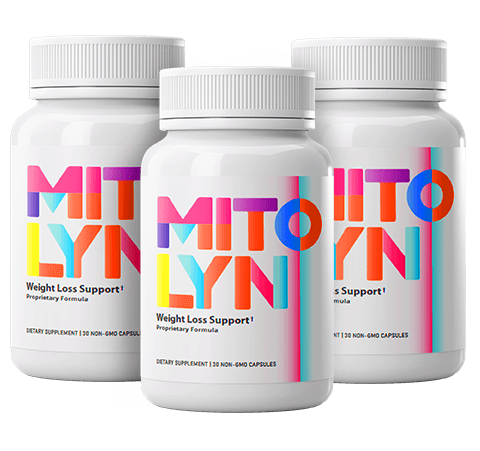The Importance of Yoga for Muscle Recovery
After a strenuous workout, your muscles need time to recover and repair. While rest and proper nutrition are essential for this process, incorporating yoga into your post-workout routine can also be incredibly beneficial. Yoga helps to stretch and relax tight muscles, improve circulation, and reduce inflammation, all of which can aid in faster muscle recovery. In this article, we will explore the best yoga poses for muscle recovery and how they can help revitalize your body after a tough workout.
Why Yoga is Effective for Muscle Recovery
Yoga is an ancient practice that has been used for centuries to promote physical and mental well-being. When it comes to muscle recovery, yoga offers a unique combination of stretching, strength building, and relaxation techniques that can help speed up the healing process. Here are some of the key reasons why yoga is effective for muscle recovery:
1. Stretching
Many yoga poses involve deep stretches that target specific muscle groups. These stretches help to lengthen tight muscles, improve flexibility, and increase range of motion. By incorporating yoga into your post-workout routine, you can help prevent muscle stiffness and soreness, and promote faster recovery.
2. Strength Building
While yoga is often seen as a gentle form of exercise, it can also be incredibly effective for building strength. Many yoga poses require you to engage your muscles and hold challenging positions, which can help to build muscle endurance and stability. By strengthening your muscles through yoga, you can reduce the risk of injury and improve overall muscle recovery.
3. Relaxation
One of the key benefits of yoga is its ability to promote relaxation and reduce stress. Stress and tension can cause muscles to tighten up and impede the recovery process. By practicing yoga, you can help relax both your body and mind, allowing your muscles to release tension and recover more effectively.
Best Yoga Poses for Muscle Recovery
Now that we’ve explored why yoga is effective for muscle recovery, let’s take a look at some of the best yoga poses to incorporate into your post-workout routine:
1. Downward Facing Dog
Downward Facing Dog is a classic yoga pose that helps to stretch the entire body, including the shoulders, hamstrings, calves, and back. This pose can help release tension in the muscles, improve circulation, and promote relaxation.
2. Child’s Pose
Child’s Pose is a gentle resting pose that stretches the hips, thighs, and ankles. This pose can help relieve tension in the lower back and promote a sense of calm and relaxation after a tough workout.
3. Pigeon Pose
Pigeon Pose is a hip-opening pose that targets the hip flexors and glutes. This pose can help release tightness in the hips and improve flexibility, making it a great choice for post-workout recovery.
4. Cobra Pose
Cobra Pose is a backbend that stretches the chest, shoulders, and abdominals. This pose can help improve posture, open up the chest, and relieve tension in the upper body after a strenuous workout.
5. Legs Up the Wall
Legs Up the Wall is a restorative pose that helps to reduce inflammation, improve circulation, and promote relaxation. This pose can help reduce swelling in the legs and feet after a long workout, making it an excellent choice for muscle recovery.
How to Incorporate Yoga into Your Post-Workout Routine
Now that you know the best yoga poses for muscle recovery, it’s important to understand how to incorporate yoga into your post-workout routine effectively. Here are some tips to help you get started:
1. Make Time for Yoga
Set aside dedicated time after your workout to practice yoga. Even just 10-15 minutes of yoga can make a significant difference in your muscle recovery. Consider adding yoga to your cool-down routine to help your body relax and unwind after exercise.
2. Listen to Your Body
Pay attention to how your body feels during yoga practice. If a pose feels uncomfortable or painful, back off and modify as needed. It’s important to listen to your body and honor its limits to prevent injury and promote effective muscle recovery.
3. Breathe Deeply
Focus on deep, mindful breathing during yoga practice. Deep breathing can help relax the body, reduce stress, and promote oxygen flow to the muscles, aiding in faster recovery. Remember to inhale deeply through the nose and exhale fully through the mouth.
4. Stay Hydrated
Drink plenty of water before and after your yoga practice to stay hydrated and support muscle recovery. Hydration is essential for proper muscle function and can help prevent cramps and stiffness after a workout.
Conclusion
Incorporating yoga into your post-workout routine can be a game-changer for muscle recovery. By practicing yoga regularly, you can stretch tight muscles, build strength, reduce inflammation, and promote relaxation, all of which are essential for faster muscle recovery. Whether you’re a seasoned yogi or new to the practice, adding yoga to your post-workout routine can help revitalize your body and keep you feeling strong and flexible. So next time you hit the gym, don’t forget to roll out your yoga mat and give your muscles the TLC they deserve.










